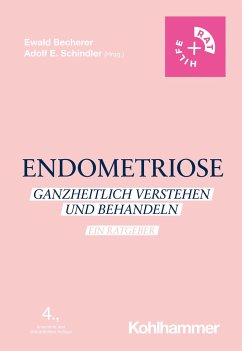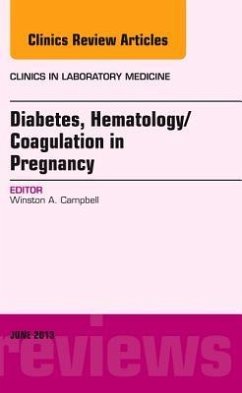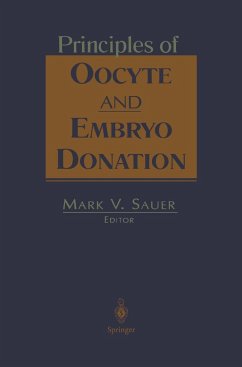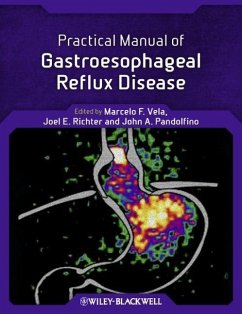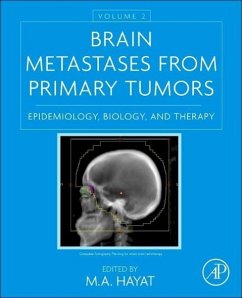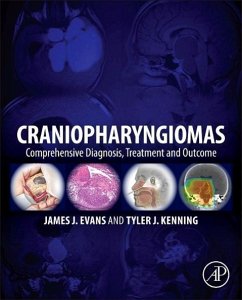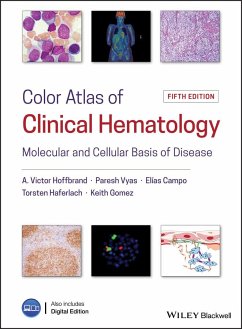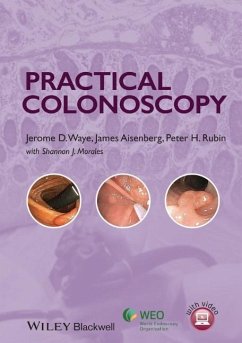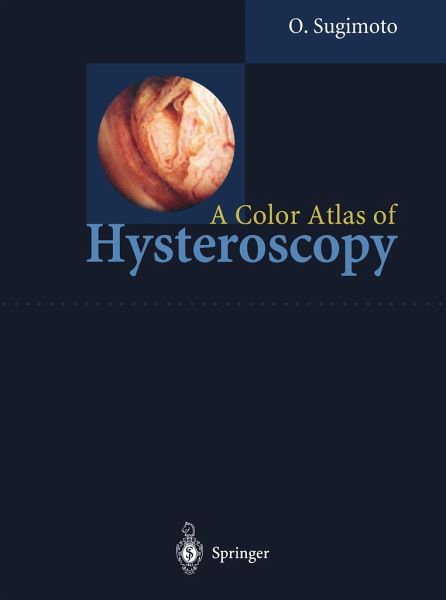
A Color Atlas of Hysteroscopy
Versandkostenfrei!
Versandfertig in 1-2 Wochen
39,99 €
inkl. MwSt.
Weitere Ausgaben:

PAYBACK Punkte
20 °P sammeln!
In America and Europe, carbon dioxide has been widely used as the distention medium in hysteroscopy, in contrast to the widespread use of liquid hysteroscopy in Japan. There are merits and demerits for both media, but the author prefers liquid hysteroscopy because of reduced leakage into the abdominal cavity, reduced glare, and improved debris removal. Although TV images captured with a flexible endoscope are employed for routine work, the author insists on using a single-lens reflex camera with a rigid endoscope for producing wonderfully clear photographs. Having carried out between 400 and 5...
In America and Europe, carbon dioxide has been widely used as the distention medium in hysteroscopy, in contrast to the widespread use of liquid hysteroscopy in Japan. There are merits and demerits for both media, but the author prefers liquid hysteroscopy because of reduced leakage into the abdominal cavity, reduced glare, and improved debris removal. Although TV images captured with a flexible endoscope are employed for routine work, the author insists on using a single-lens reflex camera with a rigid endoscope for producing wonderfully clear photographs. Having carried out between 400 and 550 examinations a year for the last 20 years, the author has built up an impressive library of quintessential diagnostic images. Over 200 of these photographs are reproduced in color in this atlas to provide a visual guide to uterine abnormalities of unparalleled breadth and clarity.



